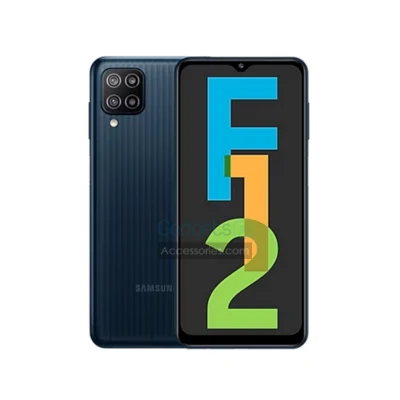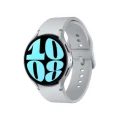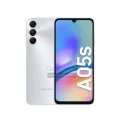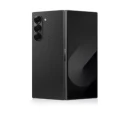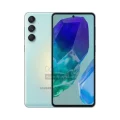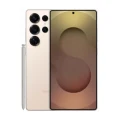Samsung Galaxy F12 went on sale on April 12, 2021. The smartphone Samsung Galaxy F12 Price in Pakistan starts at around Rs. 24,999 with Android 11 and comes in Sea Green, Sky Blue, and Celestial Black. It has 64GB/128GB Built-in storage and 4GB RAM. The Samsung Galaxy F12 runs Android 11 and has a 6000 mAh battery. The Samsung Galaxy F12 features 6.5 inches PLS IPS display with a screen resolution of 720 x 1600 pixels. The Mobile Phone has an Octa-core processor and an Exynos chipset.
The Samsung Galaxy F12 is an affordable phone that offers a lot of features and the price starts at around $150. It has a high-resolution HRR display, attractive software, and a long-lasting battery. On the downside, a better-quality display would have made F12 more appealing.
The rear camera of the smartphone consists of a quad-camera that consists of 48 MP (wide) + 5 MP (ultrawide) + 2 MP (macro) + 2 MP (depth) while on the front there is a 8 MP (wide) camera. The device runs on the Android 11 + One UI 3.1 operating system. Like the Galaxy M12, the Galaxy F12 comes with a textured panel on the front. However, the Galaxy F12’s texture is different than the Galaxy M12’s.
It features GPS with A-GPS, GLONASS, GALILEO, BDS, USB Type-C 2.0, USB On-The-Go, and Bluetooth 5.0. The device has a glass front and plastic back, with a plastic frame. The smartphone has an Exynos 850 Octa-core processor and Mali-G52 GPU.
Finally, the Galaxy F12 has a massive 6,000mAh battery that offers you more than a day of endurance even on heavy usage. If you are a regular user, you can extend the battery life to 2 or more days. The device comes with a 15-watt charger that takes about two hours and 47 minutes to fully charge from zero to 100 percent.


